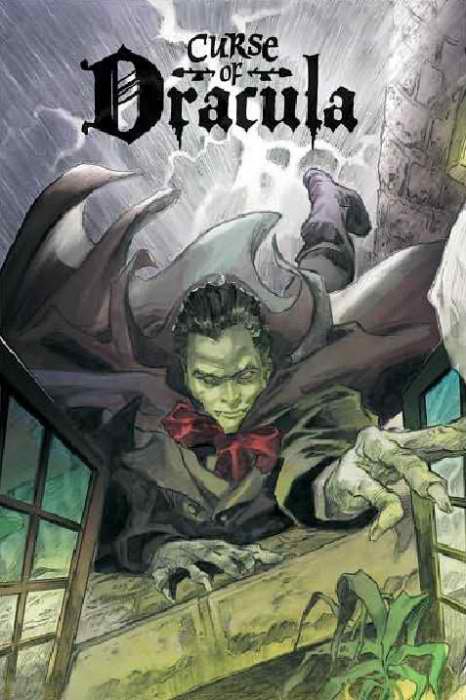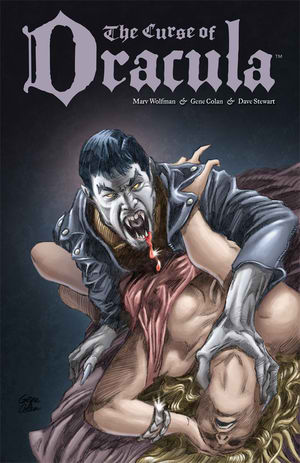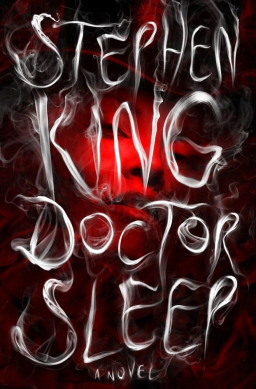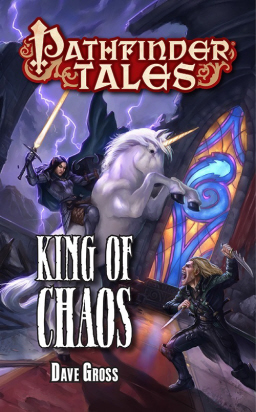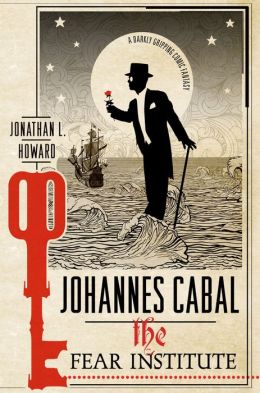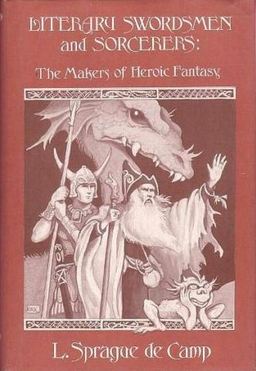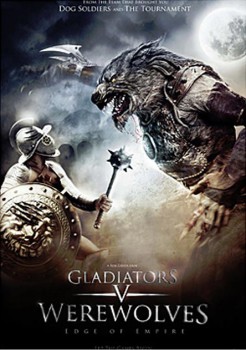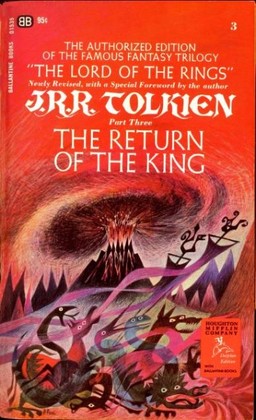Excuse me, Are you Using that Plot Device?
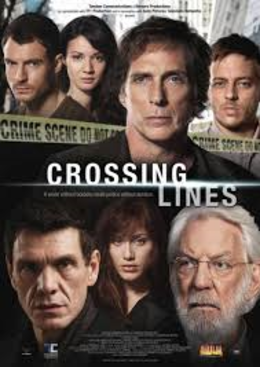 The other day, I was watching a new Canadian show that I’m not sure is even airing in the US called Crossing Lines. It stars, among others, William Fichtner and Donald Sutherland, and promises to be a kind of Agents of Shield without the Marvel universe – a group of police officers from different countries come together to solve international crimes as an arm of the International Court. So far so good, except for . . .
The other day, I was watching a new Canadian show that I’m not sure is even airing in the US called Crossing Lines. It stars, among others, William Fichtner and Donald Sutherland, and promises to be a kind of Agents of Shield without the Marvel universe – a group of police officers from different countries come together to solve international crimes as an arm of the International Court. So far so good, except for . . .
In the second episode, a tender moment occurs where two characters bond over similar family issues. They look warmly into each other’s eyes and promise to talk about it later. I call out “Dead man!” And of course I was right. One of them was dead by the end of episode, leaving the other feeling bereft. And leaving me rolling my eyes.
While “Dead man!” can be fun to play (as can “She did it!”) it’s a sad commentary on the state of narrative that these games can be played so often.
Okay, I hear you say, so it’s a plot device, and maybe it’s a bit overused (where “a bit” means I’m understating). Is that really so wrong? Yes, yes it is. The problem with this kind of thing is that because we recognize it, we feel manipulated, and when your viewers, or your readers, feel manipulated, you’ve lost them. You’ve reminded them that not only did you make this bit up, you’ve made all of it up. When your readers start considering the structure of the narrative, they’ve taken a step back from it. And bang, as they say, goes your willing suspension of disbelief.
We could argue that this kind of manipulation doesn’t happen as much in novels or short stories as it does in television and movies. Maybe not. Novels, for one, have time enough to make readers genuinely care about a character before she gets killed. And plot devices are actually useful things; both as readers and writers we love them, except when we hate them.
